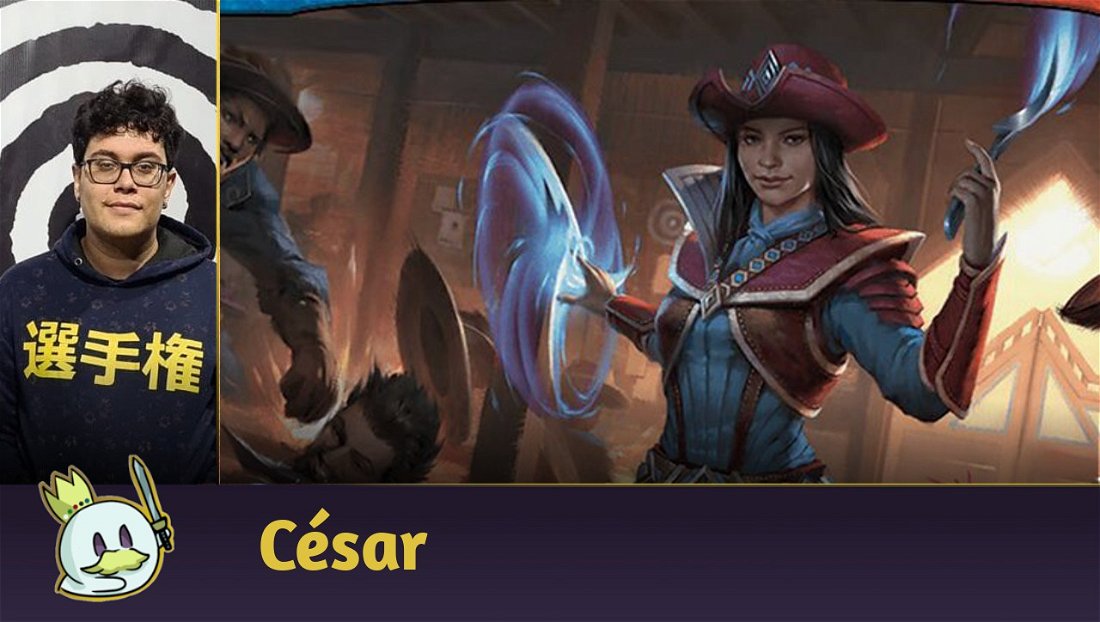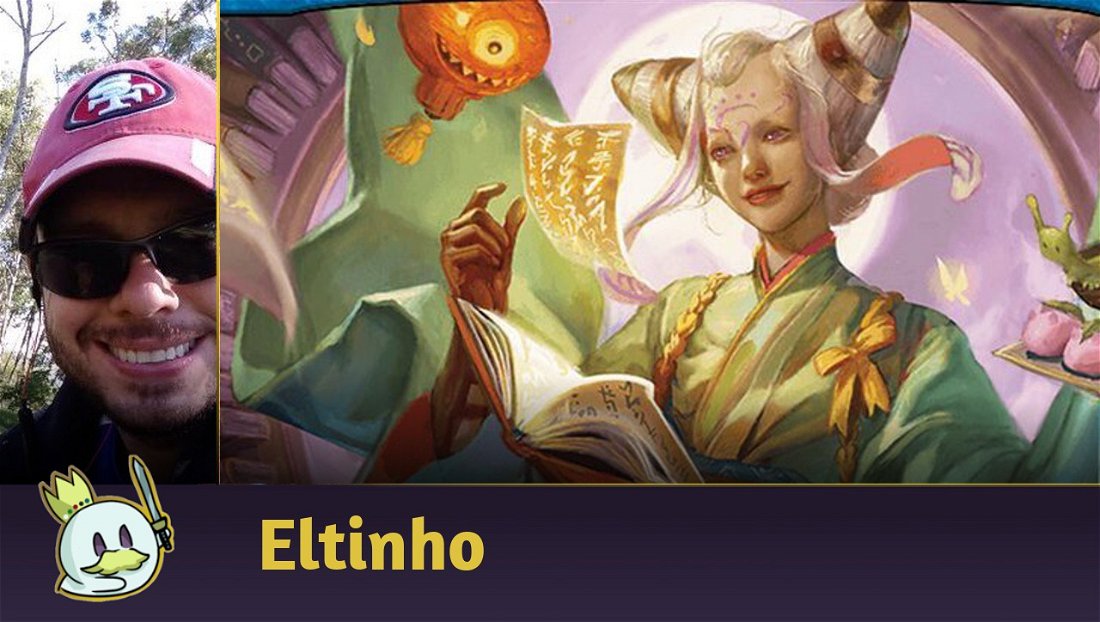Introduction
Hello, everyone! Today, we'll show you a little piece of MTG history and tell you some curiosities about some of the most bizarre, illogical, or unusual bans (or restrictions) that we got throughout more than 30 years of Magic: The Gathering.
To make things easier, I'll list them chronologically - feel free to put them in order from least bizarre to most bizarre in our comment section below!
Honorable Mention
Before we get into our very own ban list, it's worth mentioning an "un-ban" or, perhaps, an "un-rotation".
Ad
Before Modern was introduced, the main format that had a bigger card pool than Standard but didn't include all the cards in the game was the now-deceased Extended. Its first version rotated some of the older sets out from 2 to 3 years at a time, in the same way Standard works nowadays.
Then, in October 1999, the following sets were supposed to rotate out: The Dark, Fallen Empires, Revised, and the 4th edition. However, the Wizards of the Coast team thought dual lands represented Extended really well, so, to maintain its identity, all 10 dual lands remained available for an extra 3 years.

Top 10 Most Unusual Bans in MTG History
January 1994
In these early days of Magic: The Gathering, we didn't have many formats. What we know as Vintage and Standard were only introduced to the game in 1995 as Type 1 and Type 2.
However, after some time watching how the game developed and the competitive scene grew, the dev team decided they needed some rules and more ways to balance the game. This was the first time they introduced a "restricted and banned list of cards".
This ban list included gambling cards ("Ante"), which were terrible for competitive settings, and Shahrazad, a logistical nightmare for the tournament scene that, at the time, was still quite new too.

However, it was the cards they decided to restrict that were bizarre. Whereas some of them were obvious and remain, to this day, restricted in Vintage (Black Lotus, Ancestral Recall, Time Walk, Timetwister, Sol Ring, Moxes), some choices made absolutely no sense. It was so illogical that 5 of them were "unrestricted" right away in the upcoming months (2 in February, 1 in March, and 2 in May), and the sixth card, Ali from Cairo, was unrestricted in April 1996.
We can argue that this was probably because the team didn't understand the metagame yet, and the restricted and banned list was still an entirely new concept. Nonetheless, this list of restricted cards was quite bizarre.
Here are the iconic cards that were the first restricted cards in the history of Magic: The Gathering:

August 1994
This time around, in one of the most bizarre restricted and banned lists to ever exist, Wizards of the Coast restricted (and not banned! That only happened in November 1995) two cards that interacted with the game physically but didn't belong to an "unset": Chaos Orb and Falling Star.

But that's not all that was weird. Amid other restrictions to the game's power level, like Mind Twist, Mirror Universe (according to the rules at the time, you could use all your life before you traded them because the game only checked at the end of each phase if you were alive or not - that's why it was strong), Recall, and Underworld Dreams (this is a weak card nowadays, but it limited many decks at the time - it only came out of the list years later, in September 1999), there was the incredibly (definitely not) powerful (not at all) Sword of the Ages.
Ad
There was simply no reason for this card to even be considered for the list, much less anything that justified the fact it remained on the list, restricted, for more than a year!

That's not all. There was another card that was banned somewhat for the same reason as Shahrazad: that's the completely forgotten Divine Intervention, which greatly disrupted tournament flow. Because, surely, there were a couple of funny players that wanted to pay 8 mana to tie the game. At least, that's what Wizards of the Coast feared.

To close out this round of dubious decisions, all legendary cards released in Legends were restricted because of flavor! Even incredibly bad cards were restricted because of this!

July/October 1997
In July 1997, Extended came along and included all sets from Revised onward. It had an initial ban list with cards like Strip Mine, Demonic Tutor, Channel, and Sol Ring, besides a few cards that were above average for the time.
However, amid cards like Mind Twist and Wheel of Fortune, one trio of creatures was considered too strong for the game and was vetoed, even though the community didn't agree with this decision:

In October of that same year, WotC realized they had made a mistake: Juggernaut was unbanned. But, to replace this mistake with another mistake, Hypnotic Specter was banned. All of these three cards remained banned until the next rotation in 1999.

March 1999
The release of the Urza's block in October 1998 marked the beginning of a series of particularly broken releases, and also a series of bans, as more and more combo decks started dominating several formats. This was called the Combo Winter (in a reference to the Necro Summer, a season dominated by Necropotence).
But the icing on the cake in all of this was the first (and, so far, only) emergency ban in the history of MTG: Memory Jar.

This card was released in Urza's Legacy amidst numerous bans that tried to put an end to or at least reign in the Combo Winter, and, in the words of designer and pro-player Randy Buehler, it threatened to put everything at risk: "The only reason the DCI chose not to wait until the next regularly scheduled dates was because the very health of the Magic game was being threatened by “Combo Winter.”. (...). Players were optimistic that Combo Winter was finally going to end. That's when Urza's Legacy came out and introduced yet another broken combo card to the environment. The stakes were high and the DCI did not want to see Memory Jar undo all the work they were trying to do that March, so they issued an emergency ban."
December 2003
This is a ban I remember well because I played a lot of Extended at the time. I called this decision a "stray shot".
Ad
The meta at the time was dominated by Combo decks (what a surprise!), particularly Tinker + Bosh, Iron Golem (nicknamed George W. Bosh - what a wonderful name!), Mana Severance + Goblin Charbelcher, Goblin Recruiter + Goblin Charbelcher, and Hermit Druid + Sutured Ghoul + Dragon Breath. Wizards of the Coast banned key cards from all of these decks, and they eventually fell apart.
And, out of nowhere, in the cross-fire, Oath of Druids, certainly a powerful card, but far from being dominant at the time, was also banned. WotC's explanation was so complex, most players only understood it after 10 months - after Champions of Kamigawa was released and consequently Forbidden Orchard (a combination that is still strong in Vintage nowadays). With these two cards available, this deck would certainly spiral out of control. However, in December 2003, it made no sense at all.

September 2008
Time Vault has always been problematic. The idea was to play extra turns by hoarding them. However, it was too easy to simply untap this card and play numerous extra turns. This card was restricted in the first wave of bans, in January 1994, and was banned right afterward in March.
In April 1996, it received one of the most iconic errata in the history of the game to avoid any type of funny business with infinite turns, and it was also unbanned.
Let's jump to eight years later, when Wizards of the Coast decided to remove all power level errata so that all cards did what was written on them. Obviously, Time Vault would certainly be a problem again, particularly because of Voltaic Key, so it was simultaneously banned in Legacy and restricted in Vintage right when its text returned to its original version. It was basically released on parole!
Though it has been unrestricted in Vintage, it was watched closely by WotC and spent quite a few years as the prime candidate for bans because of its power level in a format that theoretically welcomes all cards. However, it was eventually dethroned by another card - we'll talk about that soon.

June 2011
The Jace, the Mind Sculptor, Stoneforge Mystic, and Squadron Hawk trio originated one of the most dominant Standard decks ever, Caw-Blade. The situation was so bad, its win rate eventually went down because all matches were mirror matches, which naturally had a 50% win rate. Against the other decks in the format, it had a 60% win rate.
Obviously, Jace was rightfully banned alongside Stoneforge Mystic, and this was the first Standard ban in 6 years!
But there was one tiny problem… Wizards of the Coast had just released a precon deck in New Phyrexia, War of Attrition, that included 2 Stoneforge Mystic! What could they do about the new players who had just bought that product? Their solution was to "fix" the ban by allowing players to use those two copies of this banned card if they didn't change anything in the original precon list!
Ad

April 2017
This was also known as the ban that the Wizards of the Coast team must have worked on after they took something, considering they forgot to ban the card they should have banned! In the months before this April announcement, the Felidar Guardian Saheeli Rai combo had been dominating Standard for a while. It really resembled the dominance of Splinter Twin in Modern just the year before.
The community had been eagerly waiting to see which parts of this Combo would be banned, then, on the day of the announcement… Nothing! The uproar was so heavy that, two days later, Wizards of the Coast announced that, indeed, Felidar Guardian was banned.

May 2020

Lurrus of the Dream-Den was the card that best represented why the Companion mechanic, at least in its original version, was considered one of the strongest mechanics of all in Magic: The Gathering.
The value you created with a card that was always available caused a lot of trouble in Legacy and Vintage. It fatally led to Lurrus of the Dream-Den's ban in Legacy (alongside Zirda, the Dawnwaker) and created a problem in Vintage: this format is known for letting you play anything, so there are only restricted cards in Vintage. The issue was that restricting Lurrus of the Dream-Den wouldn't make a lot of difference, considering you only needed one copy to be your Companion.
Caught between a rock and a hard place, our poor Orzhov Cat became the first power level ban in Vintage since its policy changed in September 2000, when Channel and Mind Twist were unbanned. Lurrus was only unbanned in Vintage after the Companion rulings changed. This card and Zirda, however, are still banned in Legacy, which I consider to be one of the most unfair things in this format.
Can they be too strong, even though they cost an extra 3 mana? Yes, absolutely. But we never got a chance to know for sure.
June 2020
On May 25th, 2020, George Floyd's murder led to a wave of protests in the U.S.A., mostly pioneered by the Black Lives Matter movement. The political and social impact of these protests, in turn, pressured many organizations and companies to "fix" what could be considered sensitive themes in their products.
Wizards of the Coast did the same in June 2020, when it announced that "cards whose artwork, text, name, or any combination of these are racially or culturally offensive" were thereby banned in sanctioned events.
So, 7 cards were banned across all formats, including a few unsanctioned events, and its images and texts were removed from WotC's database (Gatherer). In respect to this decision, we won't list them here either. It was the first time they banned cards for reasons that were unrelated to the game - so, nothing about power level, logistics, or gambling. It was definitely an unusual ban, even though it was for extremely serious and fair reasons.
Ad
Honorable Mention 2 - May 2024
A bit after I finished writing the first draft for this article, Wizards of the Coast announced another bizarre ban that, I thought, needed to be on this list. There's a famous expression where I'm from that basically means "to kill a cockroach with a bazooka". _____ Goblin became a problem in Legacy, not precisely because of the deck it was in, which, though strong, was settling in the metagame.
It was the logistical issues created by the addition of Sticker and Attraction decks in sanctioned events that did it in. These issues were brought to the light precisely because of this ill-timed Goblin and the fact it once again popularized Goblin Stompy. It also forced Wizards of the Coast to ban all cards with this mechanic in Legacy and Vintage!
Final Words
Magic: The Gathering is an ancient game, even more so if compared to other TCGs. We have a lot of MTG history to cover yet. Nonetheless, going through the banned and restricted list shows us a lot about how the dev team's understanding and relation to the game changed throughout the years. It even helps us see how society changed in these 30 years, and how outside events influence the game.
I hope you enjoyed this article. Do you agree with our picks? Tell us about a ban that surprised you in our comment section!
See you next time!









— تعليقات0
كن أول من يعلق